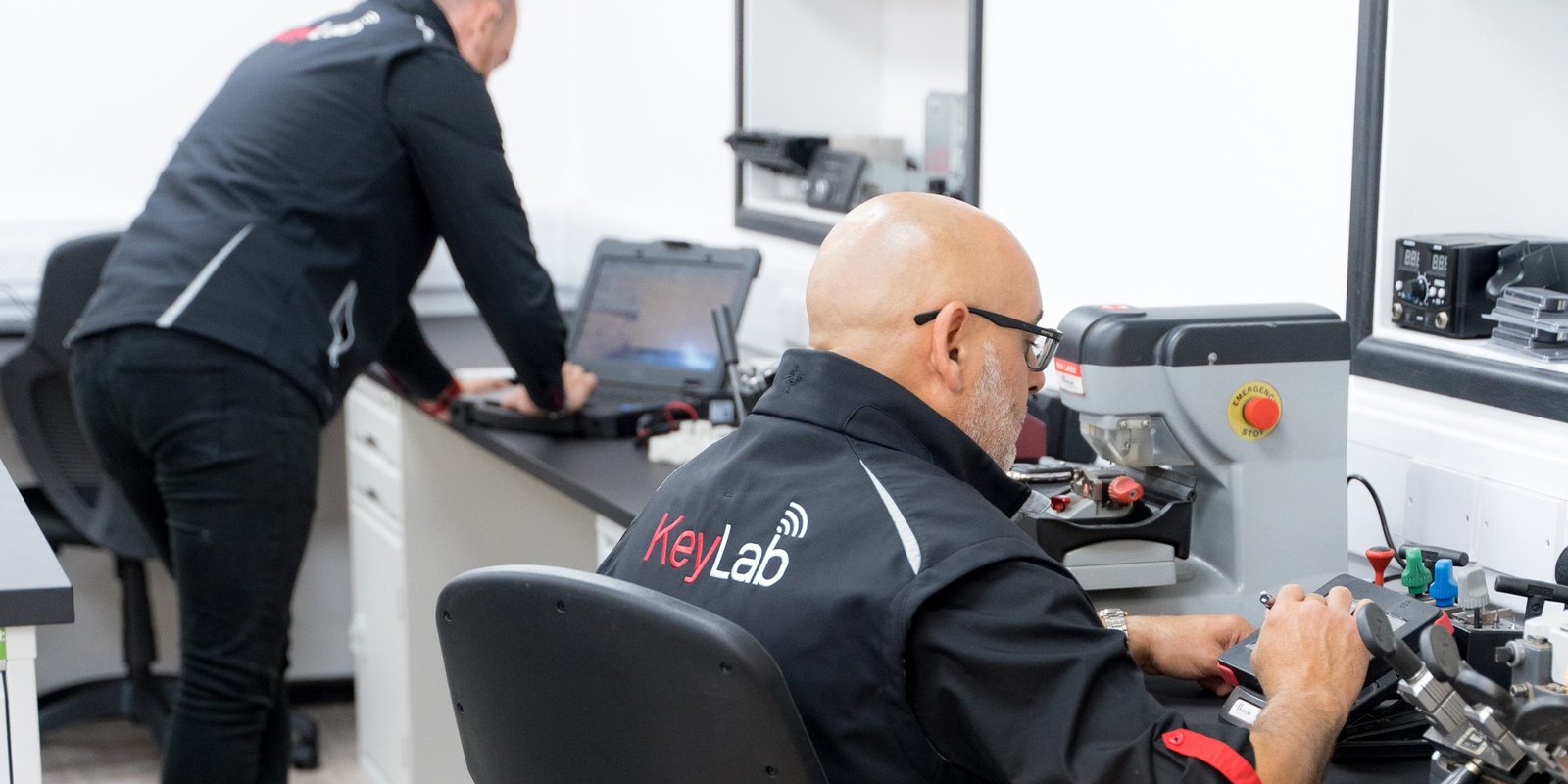Getting Tired Of Key Replacements? 10 Sources Of Inspiration That'll Revive Your Passion
Key Replacements: An In-Depth Guide to Understanding and Implementing Effective Substitutions
Introduction
In the world of numerous industries— from vehicle to innovation— the term “key replacements” signifies the practice of replacing a stopping working or insufficient part with a new or improved variation. Understanding key replacements is crucial for preserving functional effectiveness, boosting efficiency, and ensuring security. This post looks into the numerous aspects of key replacements, exploring their importance, implementation techniques, and typical queries surrounding the subject.
What Are Key Replacements?
Key replacements refer to the process of substituting a crucial component within a system, gadget, or equipment that is critical to its functionality. These replacements can occur in several sectors, consisting of vehicle, innovation, and even personnels. By proactively determining and changing vital parts, companies and individuals can prevent system failures, maintain efficiency, and boost safety.
Value of Key Replacements
The importance of key replacements can not be overemphasized; they serve numerous functions that contribute to the overall efficiency of systems. A few of their critical roles include:
- Preventing System Failures: Key replacements help prevent catastrophic failures by resolving damaged or malfunctioning components before they develop substantial problems.
- Enhancing Performance: Upgrading to more recent components can improve system efficiency, resulting in better output and efficiency.
- Cost-Efficiency: Effective replacements can minimize repair expenses, prolong the life-span of the entire system, and ultimately conserve money.
- Safety Assurance: In sectors like vehicle and machinery, key replacements ensure that security requirements are kept, decreasing threats to workers and users.
- Compliance: In managed industries, timely replacements may be a legal requirement to fulfill security standards.
Key Replacement Strategies
Carrying out key replacements successfully needs a strategic technique that lines up with the functional goals of a company. Below are a number of techniques to consider:
1. Regular Maintenance and Inspections
Conducting routine upkeep and examinations can help identify elements that may require replacement before they stop working. A distinct upkeep schedule must include:
- Visual Inspections: Check for noticeable signs of wear or damage.
- Efficiency Monitoring: Track the functioning of key components.
- Usage Analysis: Keep records of how frequently a component is utilized, which can forecast wear patterns.
2. Data-Driven Decision Making
Using data analytics can help organizations make notified decisions concerning when to replace key elements. Carrying out systems for data collection can lead to:
- Predictive Maintenance: Identifying prospective failures before they occur utilizing historic data.
- Cost Analysis: Evaluating the expense implications of fixing versus replacing components.
3. Partnership with Suppliers
Developing strong relationships with providers and makers guarantees access to quality components and timely replacements. Adequate cooperation can result in:
- Favorable Terms: Negotiating much better prices and terms.
- Quality control: Gaining confidence in the quality and dependability of replacement parts.
4. Training and Education
Educating and training workers associated with the replacement process can substantially improve performance. Supplying information on best practices and brand-new innovations can help ensure:
- Maximized Efficiency: Employees comprehend the optimal methods for changing elements.
- Minimized Errors: Minimized threat of errors during the replacement procedure.
Types of Key Replacements Across Industries
Key replacements differ throughout markets, each with its particular parts and practices. Below are some common types in different sectors:
Automotive Industry
Element
Replacement Reason
Engine Oil
Avoid wear and improve efficiency
Brake Pads
Make sure security and responsiveness
Tires
Enhance traction and fuel performance
Technology Sector
Element
Replacement Reason
Hard disk drives
Boost data access speed
Batteries
Bring back device mobility and performance
Circuit Boards
Enhance gadget dependability and durability
Production
Part
Replacement Reason
Conveyor Belts
Keep functional efficiency and safety
Security Guards
Uphold health and security compliance
Bearings
Decrease friction and facilitate smooth operation
Frequently Asked Questions About Key Replacements
1. What is the most crucial reason for changing key components?
The most crucial factor for changing key parts is to make sure system reliability and safety, avoiding failures that might result in pricey downtimes or harmful situations.
2. How frequently should Replacement Remote Car Keys think about key replacements?
Key replacements ought to be considered based upon the specific element's wear pattern, performance metrics, and upkeep schedule. Regular evaluations need to identify the appropriate periods for replacements.
3. What should I do if I am unsure about a part's condition?
If unsure about a component's condition, it is a good idea to perform a thorough inspection, review efficiency data, and consult with experts or producers for professional assistance.
4. Is it much better to fix or replace a key part?
The decision to repair or replace a key part depends on cost-effectiveness, dependability, and long-lasting benefits. Frequently, replacement might be more practical when thinking about life-span and efficiency metrics.
5. Where can I discover trusted replacement parts?
Reputable replacement parts can typically be found through authorized dealers, credible suppliers, or straight from manufacturers. Constantly confirm their dependability and inspect evaluations before purchasing.
Key replacements are an important element in preserving functional efficiency and security throughout numerous markets. By comprehending the significance of these replacements, carrying out strategic techniques, and dealing with common questions, companies can make sure that their systems stay robust and trustworthy. Future developments in technology and information analytics will further improve the depth and precision of key replacements, continuing to drive enhancements in effectiveness and security. Engaging proactively with this concept can considerably reduce threats and elevate overall performance in any operational context.
